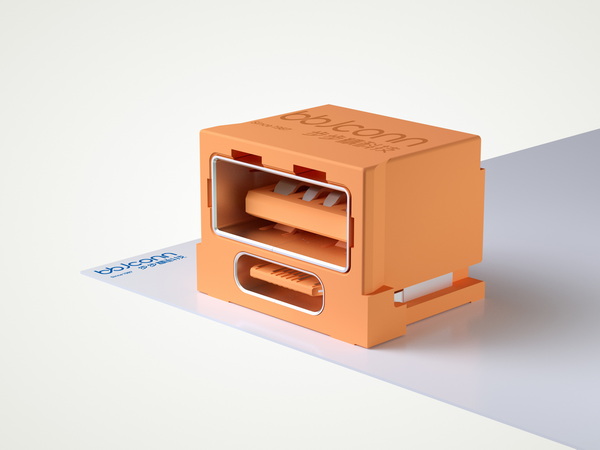USB-A/C fusion port: transitional product or long-term trend?
发布时间:2024-03-27作者:Shenzhen BBJ technology co., LTD点击:33
USB-A/C fusion port: transitional product or long-term trend?
The USB-A/C fusion port, as a design solution that integrates USB-A and USB-C interfaces, has attracted widespread attention and discussion. There are many speculations and opinions about its future development direction and role in the technology industry. In this article, we will conduct an in-depth analysis and discussion of whether the USB-A/C fusion port will become a transitional product.
The USB-A/C fusion port is a design solution that combines the traditional USB-A interface and the emerging USB-C interface. Its main purpose is to achieve compatibility between devices during the transition period and provide users with more convenience usage experience. It not only has the wide compatibility of USB-A, but also has the fast charging and data transmission capabilities of USB-C, so it may become a transitional product in the short term to meet the needs of users during the technology migration process.
The USB-A/C fusion port has good compatibility and can be adapted to many types of devices, including traditional USB-A devices and new USB-C devices. This design solution can alleviate users' problems when upgrading technology to a certain extent and reduce users' migration costs. Therefore, it may be welcomed by the market to a certain extent during the transition period.

The emergence of USB-A/C fusion ports also reflects the development trend of the technology industry, which is moving towards more uniformity and standardization. With the popularity and promotion of the USB-C interface, the traditional USB-A interface is likely to be gradually phased out in the future. Therefore, the USB-A/C fusion port can be regarded as part of the transition from USB-A to USB-C to a certain extent. an intermediate product.
However, USB-A/C fusion ports also face some challenges and limitations. First of all, due to the differences in technical specifications between USB-A and USB-C, the design of the fusion port may be subject to certain restrictions and cannot fully utilize the performance advantages of the USB-C interface. Secondly, with the gradual popularization of USB-C interfaces, users' demand for USB-A interfaces may gradually decrease, resulting in a gradual decline in market demand for USB-A/C fusion ports.
In addition, with the continuous advancement and innovation of technology, more advanced and efficient interface design solutions may appear in the future, replacing the USB-A/C fusion port as the new standard. Therefore, whether the USB-A/C fusion port will become a transitional product requires further observation and evaluation, and conclusions cannot be drawn easily.
To sum up, the USB-A/C fusion port has the characteristics of a transitional product to a certain extent and can meet the needs of users during the technology migration process, but it also faces some challenges and uncertainties. It may be gradually replaced by new interfaces in the future, but it will still play a certain role during the transition period to provide convenience and support to users.